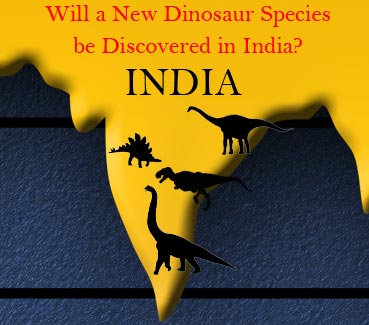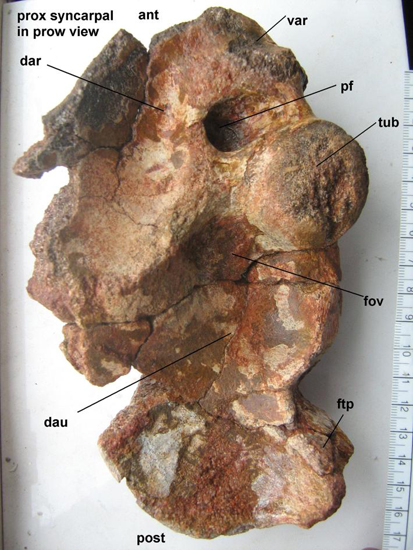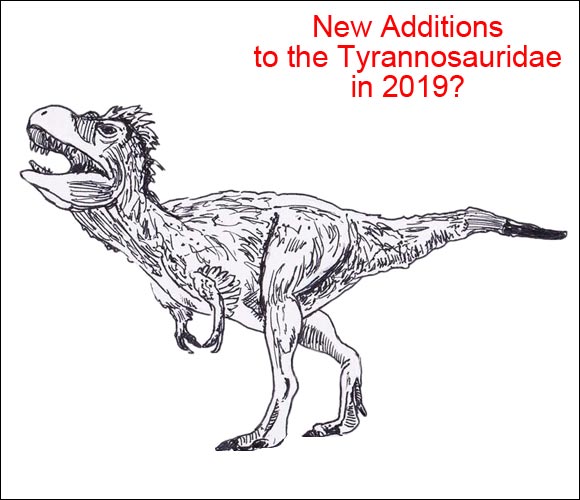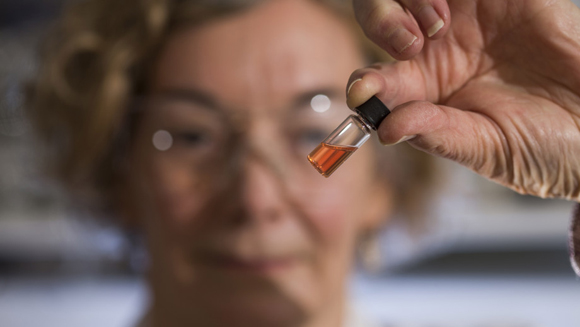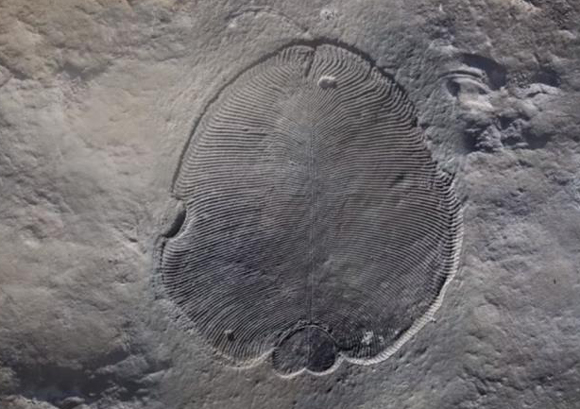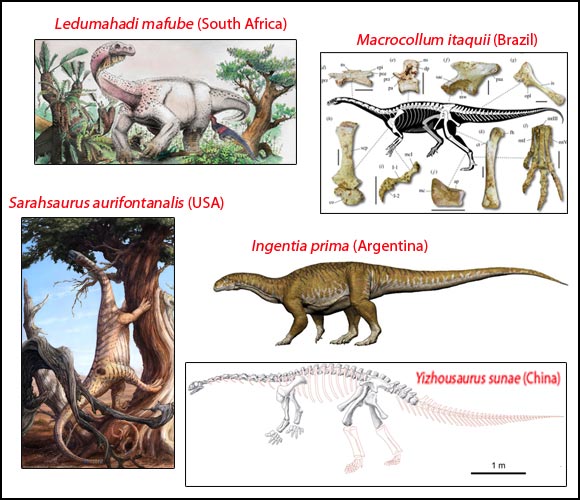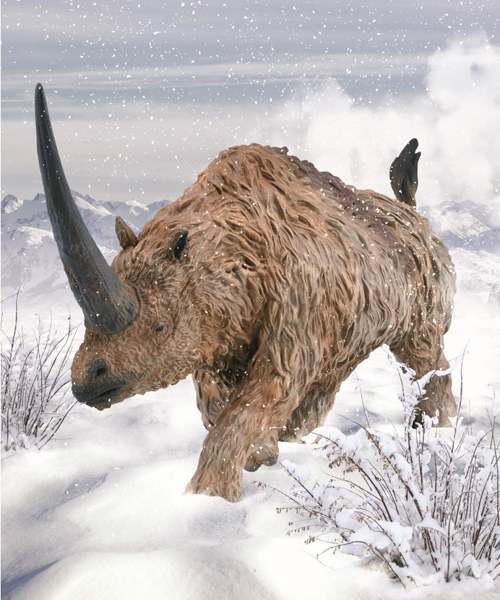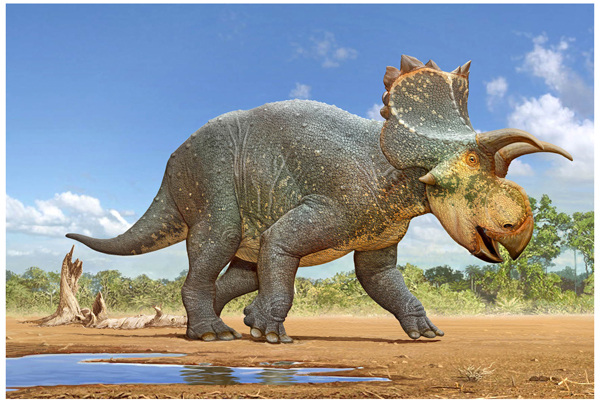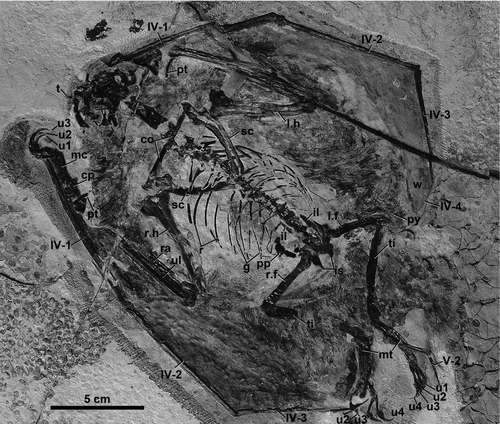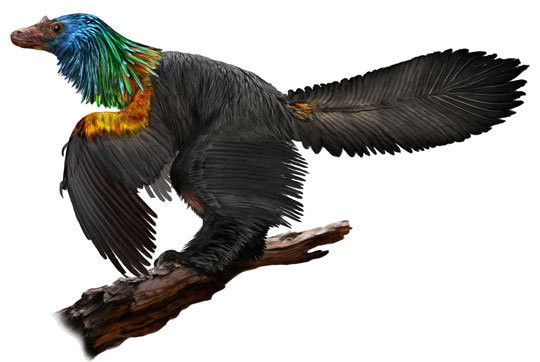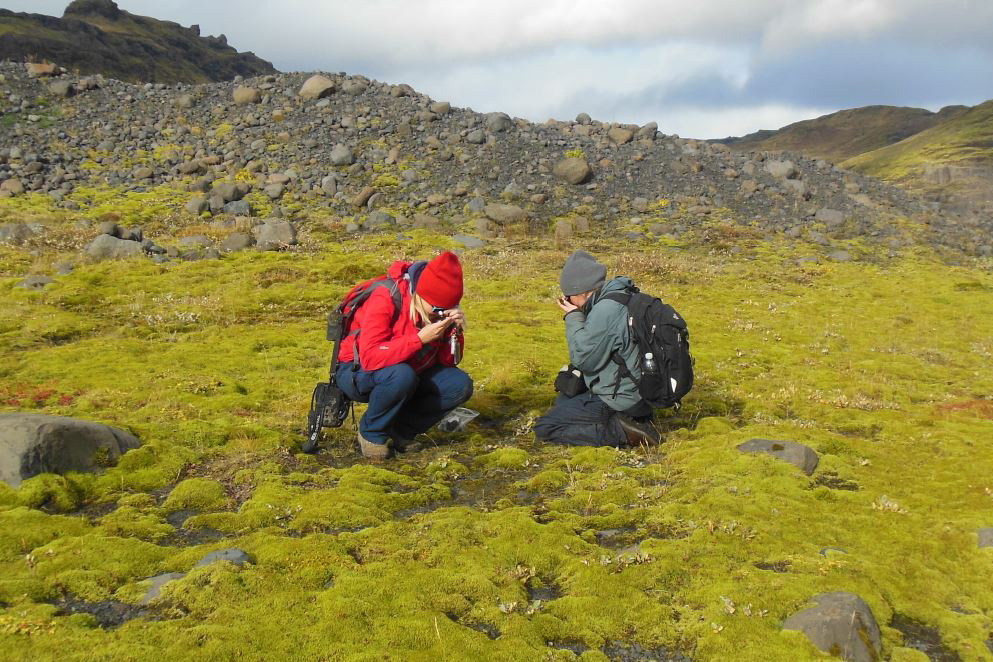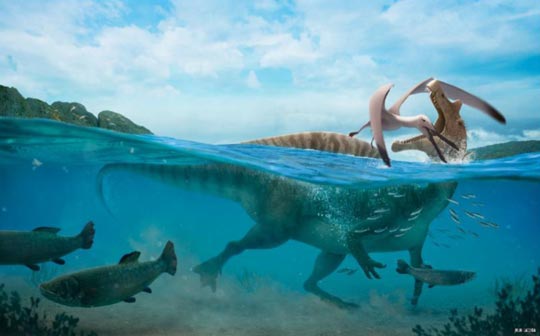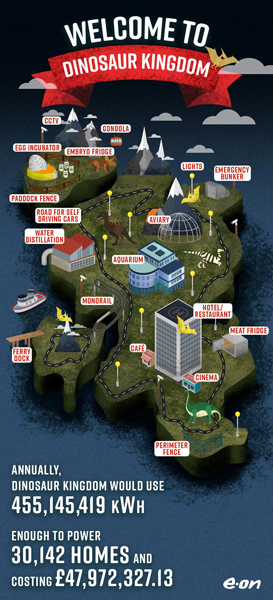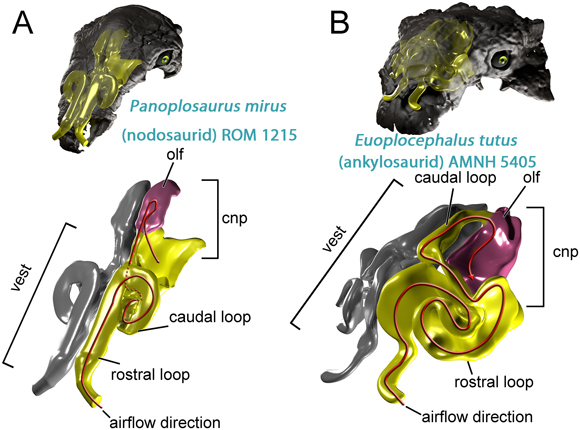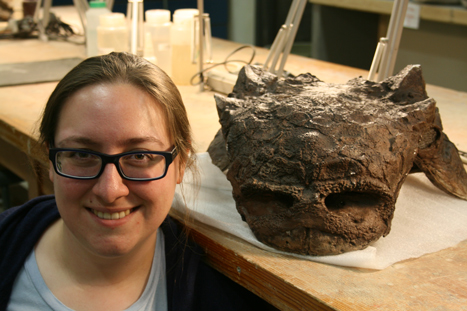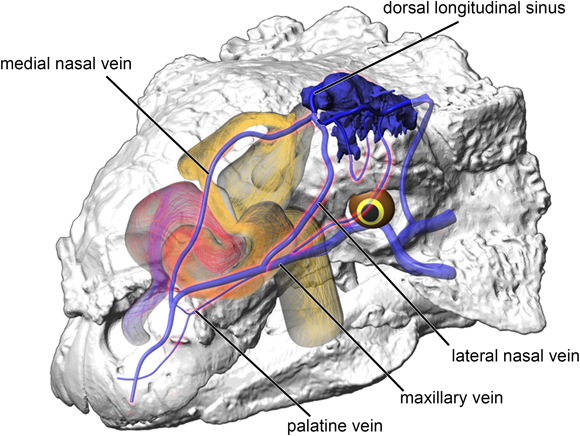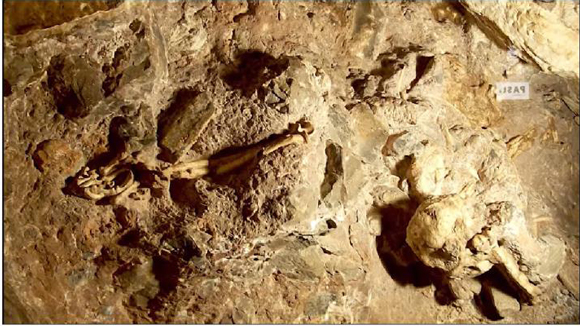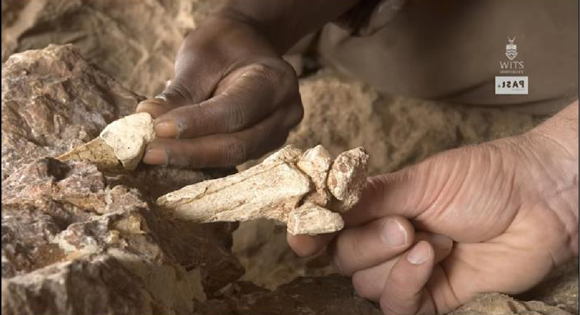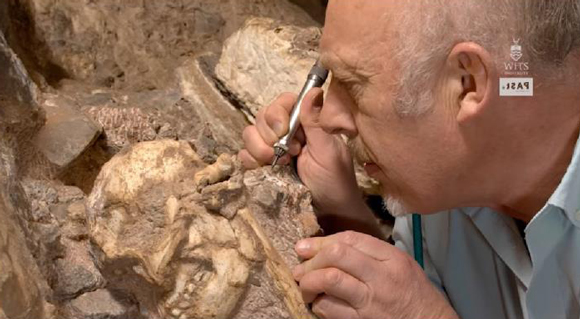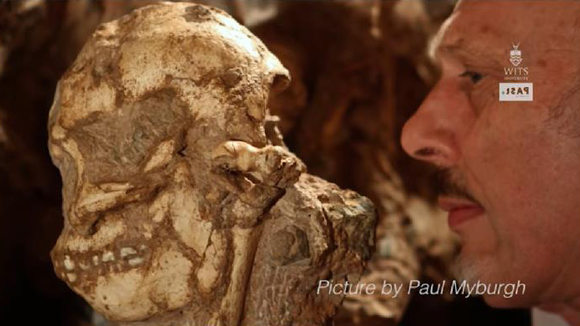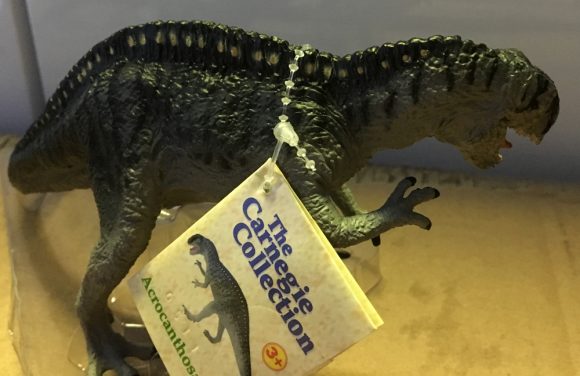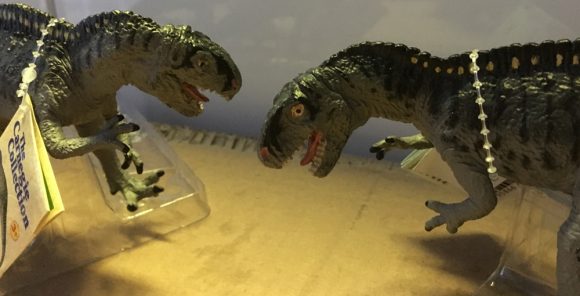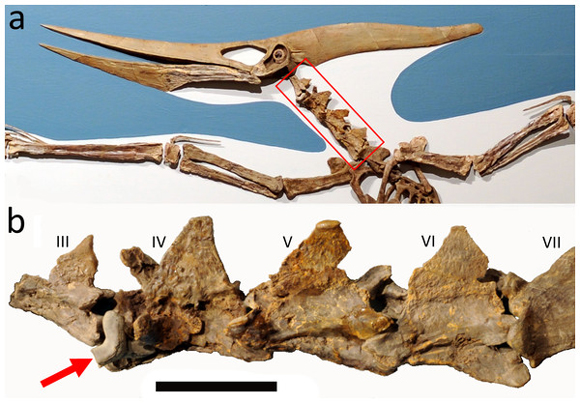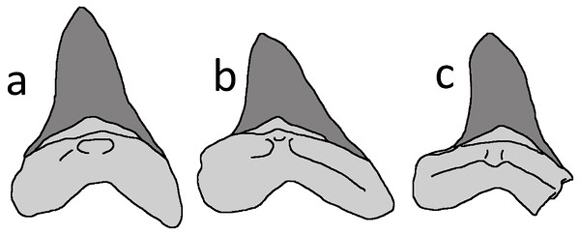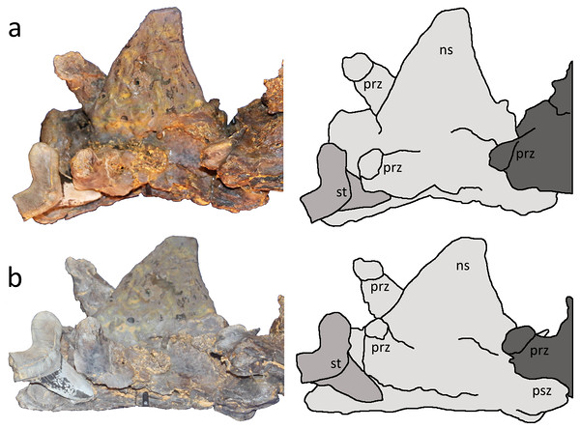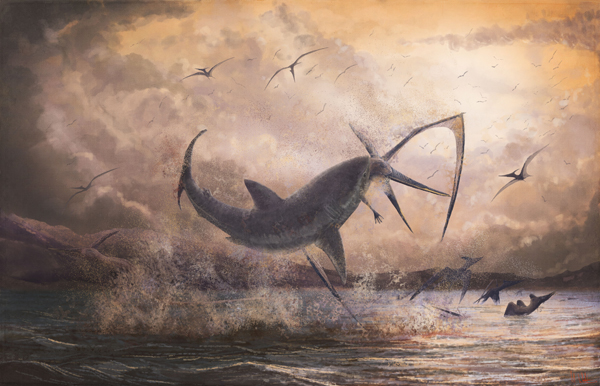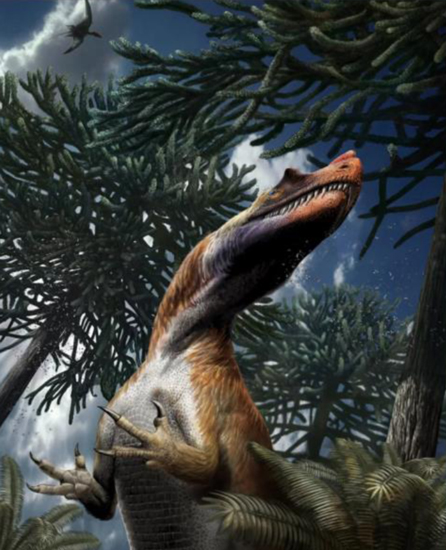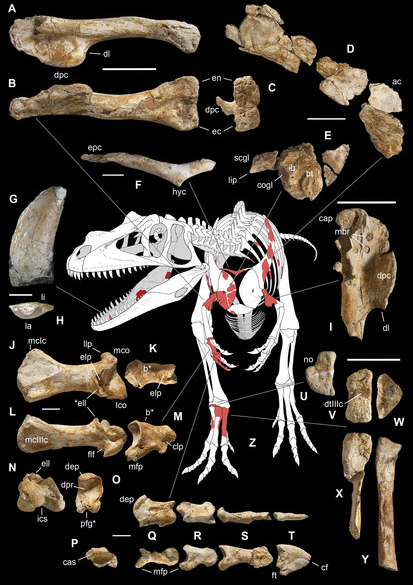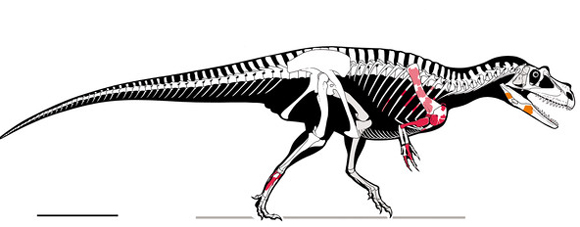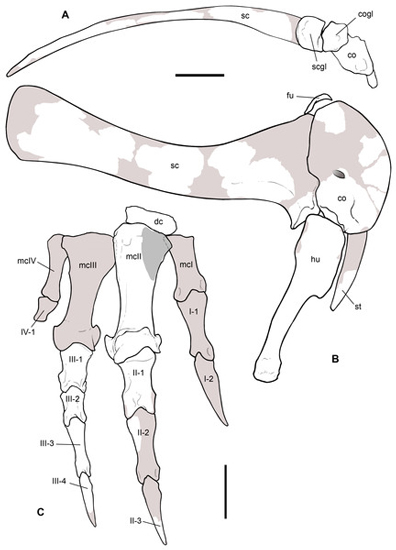Inspiring Palaeontology Predictions for 2019
Palaeontology Predictions for 2019
Time to stick our collective necks out to see if we can predict the sort of news stories that we are going to feature on this blog next year (2019). We took a break from making predictions in 2018, after all, just like fossil collecting, attempting to foresee some of the scientific discoveries that will be covered in the next twelve months can be a bit of a hit and miss affair to say the least. However, with our trusty geological hammers tucked into our rucksack next to our crystal ball, here are our suggestions as to the fossil finds and palaeontology themed stories that 2019 will bring.
1). Bring on the Horned Dinosaurs – More Ceratopsians to be Named and Described from America
After the dearth of new horned dinosaurs named and described this year (only one – Crittenceratops krzyzanowskii), we expect the Marginocephalia clade, specifically the North American Ceratopsia to be increased substantially again next year. Team members at Everything Dinosaur predict that at least four new horned dinosaurs from the United States will be named and described in 2019.
The Diverse Ceratopsia – Likely to be More Diverse by the end of 2019
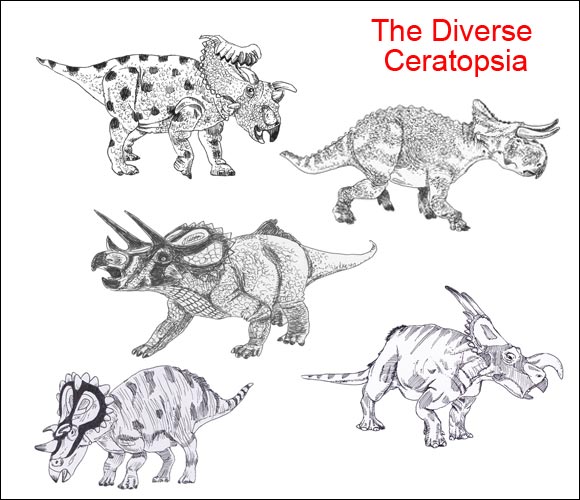
Picture credit: Everything Dinosaur
2). Herefordshire Lagerstätte To Make Its Mark Again
In recent years, we have featured a number of amazing fossil finds from the Silurian-aged deposits from the secret Lagerstätte in the county of Herefordshire. These fossils represent an ancient marine biota that was covered in fine volcanic ash some 425 million years ago. Such is the exquisite nature of their taphonomy that even the finest soft tissues have been preserved. We predict that British-based scientists will utilise high-resolution computed tomography in conjunction with computer-generated three-dimensional modelling to reveal a new species of Silurian marine invertebrate.
3). A New Dinosaur from India
More Chinese dinosaur fossil discoveries are going to be made in 2019. We also expect fresh insights into the Cretaceous flora and fauna entombed in amber from Myanmar. However, amongst the twenty or so new species of dinosaur described in the next twelve months, we predict that one of these new-to-science specimens will be found in India. Many parts of the world (Africa and Asia) for example, are being opened up to geological and fossil exploration. Several different types of dinosaur are already known from the sub-continent and we predict that there will be a new addition to the dinosaur fauna described from India.
Will a New Dinosaur Species be Discovered in India?
Picture credit: Everything Dinosaur
4). Everything Dinosaur – A New Look to the Website
As well as writing about what other people have been doing, we expect our blog site to update readers on how Everything Dinosaur itself is evolving and changing. Our core values of customer service and finding the very best quality prehistoric animal products are not going to change, but visitors to: Everything Dinosaur can expect to see some changes next year – all aimed at improving our service and helping our customers. The number of different types of prehistoric animal models that we offer is also going to increase, but by how many? Let’s predict another fifty new models to be made available on our website in 2019.
5). More Fossils Reveal Melanosomes
With more and more sophisticated and sensitive devices being made available to palaeontologists to aid their research, 2019 will see further developments in the study of fossil specimens on the molecular level. There have already been some remarkable papers published on the presence of fossilised microscopic structures containing the colour pigment melanin (melanosomes) and we confidently predict that this trend will continue. We predict that further evidence will emerge next year concerning the colour of members of the Dinosauria.
The Hunt is on for More Melanosome Structures in Fossil Material
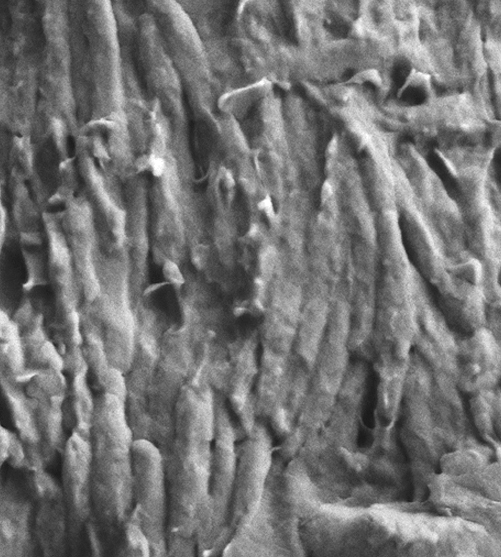
Picture credit: Lund University (Johan Lindgren)
6). Giant Azhdarchid Pterosaurs
Recent fossil discoveries have indicated that the Pterosauria were more diverse than previously thought towards the very end of the Cretaceous (Campanian to Maastrichtian faunal stages). Everything Dinosaur has reported on the discovery of several fossil fragments from Europe and Africa in recent years and we predict that a new species of large, very probably azhdarchid, pterosaur will be described in 2019. The fossil find could come from northern Africa or perhaps from the famous Hateg Basin deposits of Romania.
An Azhdarchid Pterosaur Wrist Bone (Hateg Island) – Will a New Species of Azhdarchid Pterosaur be Described in 2019?
Picture credit: Mátyás Vremir
7). New Tyrannosaurids from the United States
We began our predictions by stating that we thought it was likely that at least four new horned dinosaur taxa from the USA will be named next year. With all these herbivores being named and described, it would not surprise us if some more, large theropod dinosaurs were formally described from fossil material found in the United States next year as well. Let us conclude our crystal ball gazing by suggesting that two new species of Late Cretaceous tyrannosaurid will be identified from fossil finds from the southern USA (southern parts of Laramidia).
Will New Members be Added to the Tyrannosauridae Family in 2019?
Picture credit: Everything Dinosaur
This time next year, as we approach the end of 2019, we will review our predictions and see how we got on.


